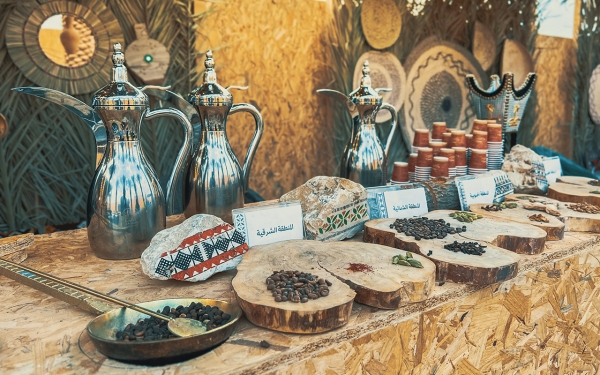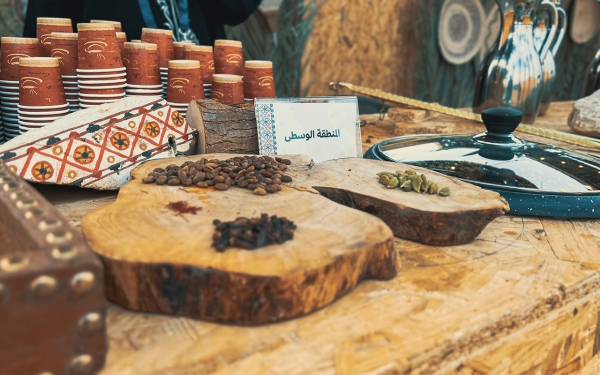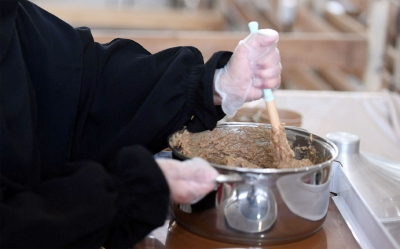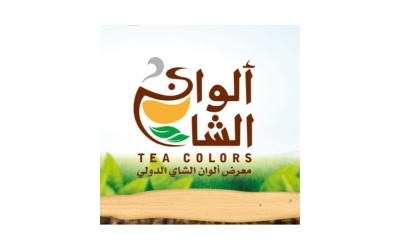


Coffee recipe in the Kingdom encompass a variety of traditional methods to prepare Saudi coffee. This coffee, renowned for its hospitality and served prominently in most provinces, is prepared using different techniques which are unique to the region. Despite the range of methods, a serving approach is shared by all regions due to its cultural significance.
The taste of coffee beans changes according to the roasting level. Consequently, roasting is what gives coffee its unique flavor. Residents of some areas roast coffee as a first step. The amount of coffee beans used is called "Hamsa" which translates into "a roast", while coffee powder is often people's favorite as it is easy and quick to prepare.
Coffee could be made and served in the same pot. However, it is common nowadays to brew it in one pot, and then pour it into a larger and more presentable pouring pot for serving.
The status of Saudi coffee in Saudi Arabia
Coffee-making is a basic hospitality practice in Saudi Arabia. It is found in every Saudi home. People drink coffee wherever they go and sometimes at work. Saudi coffee is the first treat served to a guest, and its presentation is based on traditions.
As part of the Year of Saudi Coffee 2022 celebration, the Ministry of Culture and the Ministry of Commerce collaborated to rename the "Arabic Coffee" into the "Saudi Coffee" in all cafes and restaurants across Saudi Arabia. The initiative seeks to highlight the diverse preparation methods used across the provinces.
Specifications for Saudi coffee preparation in Saudi Arabia's provinces
On average, one coffee roast needs 0.8 l of water, 40 g of ground coffee, and 30 g of ground cardamom. These are the most common ingredients across all provinces. In Central Saudi Arabia, the color of the roasted coffee tends to be golden, and cloves and saffron are occasionally added to the mix. On the other hand, the coffee turns into a deeper color in the north of Saudi Arabia, taking twenty to thirty minutes to boil, with no additional flavors.
In the southern regions of Saudi Arabia, roasted coffee is of light color. It contains the largest blend of spices, including ground ginger, cinnamon, fennel, cloves, and saffron.
The Western and Eastern Provinces share a preference for moderate roast, while saffron is added in the Eastern Province and scented mastic in the Western Province. Among the coffee preparation methods in Saudi Arabia, the Western Province's method is known to require a shorter period in terms of boiling coffee over medium heat, as it takes about fifteen minutes.
Connection of coffee-making with cultures
Some coffee designations may not reflect their taste. For example, in Tabuk, instant coffee, known for its bitterness, is called sweet coffee. Although the two main ingredients used to prepare Saudi coffee are coffee beans and cardamom, Makkah serves different types of coffee that do not contain coffee beans at all, such as, almond coffee, which is based on rice flour, in addition to fragrant white coffee, which is prepared by boiling water with rose water and cardamom grains.
Coffee preparation methods, as well as their presentation patterns, vary from one region to another. Some provinces are known for their additional ingredients that distinguish their coffee. For example, cinnamon, fennel and cloves are added to the coffee mix in the Southern Region.
In most provinces, light-colored coffee, locally known as blonde coffee, is preferred. The ideal texture for this type of coffee is medium to light. When coffee is boiled for an extended period, it acquires a darker hue and becomes more bitter, with a thicker consistency that is not usually desirable.
Average spending of Saudis on coffee preparation
Saudis spend more than SAR1 billion on coffee preparation. Saudi Arabia is one of the top ten countries in the world to consume coffee, with more than 80 thousand t per year; due to the high rate of coffee consumption per capita. The quantities imported into Saudi coffee markets are estimated at 70–90 thousand t annually. The Ministry of Environment, Water and Agriculture is working hard to increase coffee cultivation in order to achieve self-sufficiency in the future, and raise non-oil GDP. The ministry is intensifying its efforts to develop the agricultural sector, and enhance the production of coffee crops in agricultural terraces by establishing sixty model coffee farms. This will enhance food security in rural areas, increase agricultural production and leverage renewable water sources to achieve the best profit returns for farmers.
Saudi Arabia also witnessed an annual growth in coffee consumption by about 4 percent from 2016 till 2021. Studies indicate that the Saudi coffee sector is expected to grow by 5 percent in the coming years, reaching 28,700 t by the end of 2026.
Related quizzes
Related articles

